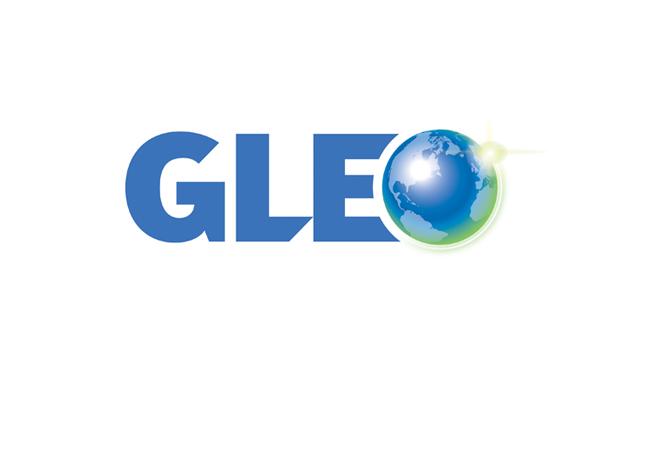GE-Hitachi Global Laser Enrichment (GLE) and the U.S. Department of Energy signed an agreement in 2016 for the sale of depleted Department of Energy (DoE) UF6 inventories also known as deplete uranium tails. These UF6 stockpiles are left over from previous enrichment operations. They contain a lower proportion of uranium-235 than is present in naturally occurring uranium ore. They can be re-enriched for use in nuclear fuels. The 2016 contract was signed at a time when a recovery in the uranium market was expected to begin soon.
GLE and DoE have just signed an amendment to the 2016 contract. It was signed in order to bring the contract into alignment with current uranium market conditions. The amendment was a key condition for another agreement between an Australian company called Silex Systems, a Canadian company named Cameco Corporation and GE- Hitachi Nuclear Energy for the purpose of the restructuring of GLE. Final approval for the restructuring will result in Silex acquiring fifty one percent of GLE and Cameco increasing its share of GLE from the current twenty four percent to forty nine percent. The federal approval is expected to be granted before the end of this year.
GLE is the exclusive licensee of the Separation of Isotopes by Laser EXcitation (SILEX) uranium enrichment process. GLE is working to make it commercially viable through the construction of the Paducah Laser Enrichment Facility (PLEF) which will re-enrich depleted UF6. The availability of the depleted UF6 inventories owned by the DoE is a major key to the contract going forward. The recently signed amendment to the deal between GLE and DoE ensures that the agreement will be in effect long enough for GLE to complete the pilolt plant for the PLEF which is scheduled to begin commercial operation late in the 2020s.
The re-enrichment project is expected to continue for several decades. It will produce about two thousand tons each year of naturalized uranium as UF6. This is equivalent to a uranium mine with an annual output of about five million two hundred thousand pounds of U308 or 2000 tons. The output of the PLEF facility will have the added value of already being converted to UF6 as opposed to U308 from a mine which would still have to be converted.
Silex said that “Preliminary economic analysis of the project indicates that it would rank as a large 'Tier 1' uranium mine by today's standards with respect to the long life and low cost of production."
On June 5th, the DoE issued a Record of Decision (RoD) which formalizes its decision to dispose of depleted uranium oxide from gaseous diffusion plants including those in Portsmouth, Ohio and Paducah, Kentucky at one or more of three nominated locations which are EnergySolutions LLC's site near Clive, Utah; Waste Control Specialists LLC's site near Andrews, Texas; and the Nevada National Security Site in Nye County, Nevada. The facilities in Utah and Texas are commercial sites. The Nevada site is government-owned. The DoE says that there are eight hundred thousand tons of depleted UF6 at the Portsmouth and Paducah sites. Both sites are now converting UF6 to deplete uranium oxide.
The RoD that was issued by the DoE only applies to material that has been declared to be nuclear waste. The DoE stated that it has near-term plans to focus on depleted uranium oxide at commercial waste disposal sites. It is planning to launch a pilot project next year to ship several railcars containing cylinders of depleted uranium oxide to a commercial disposal facility.
